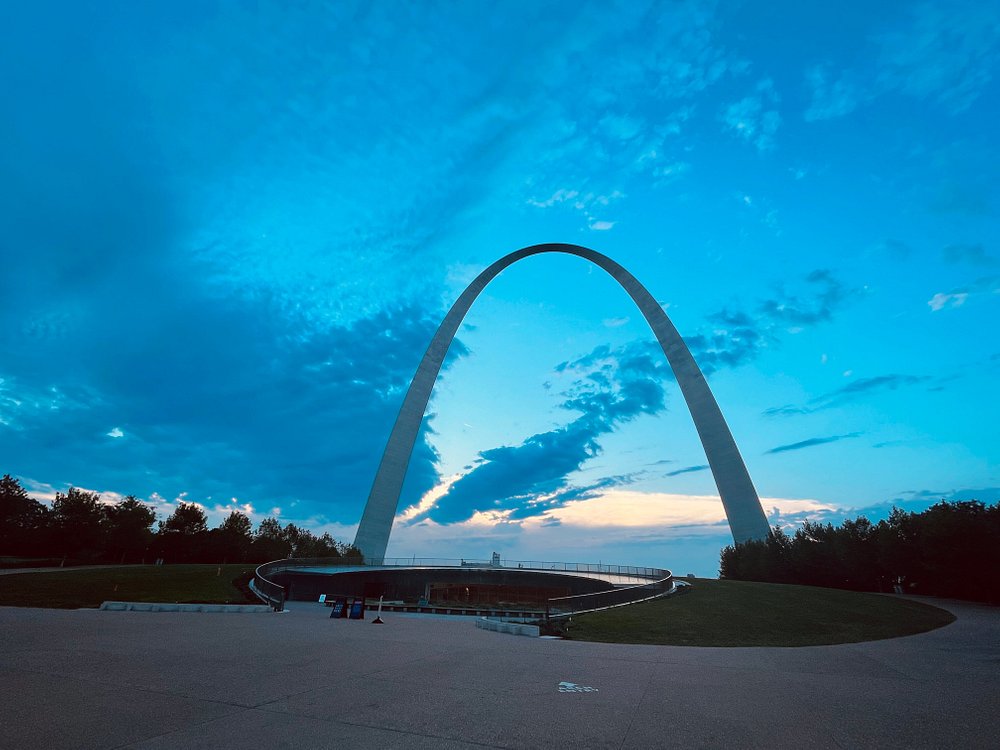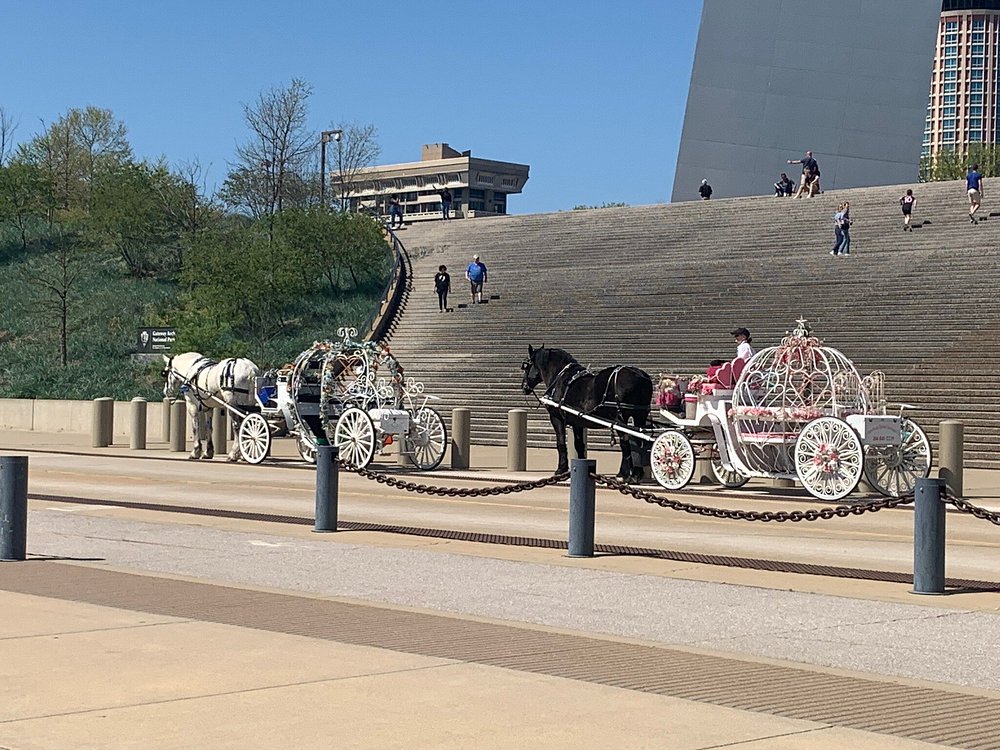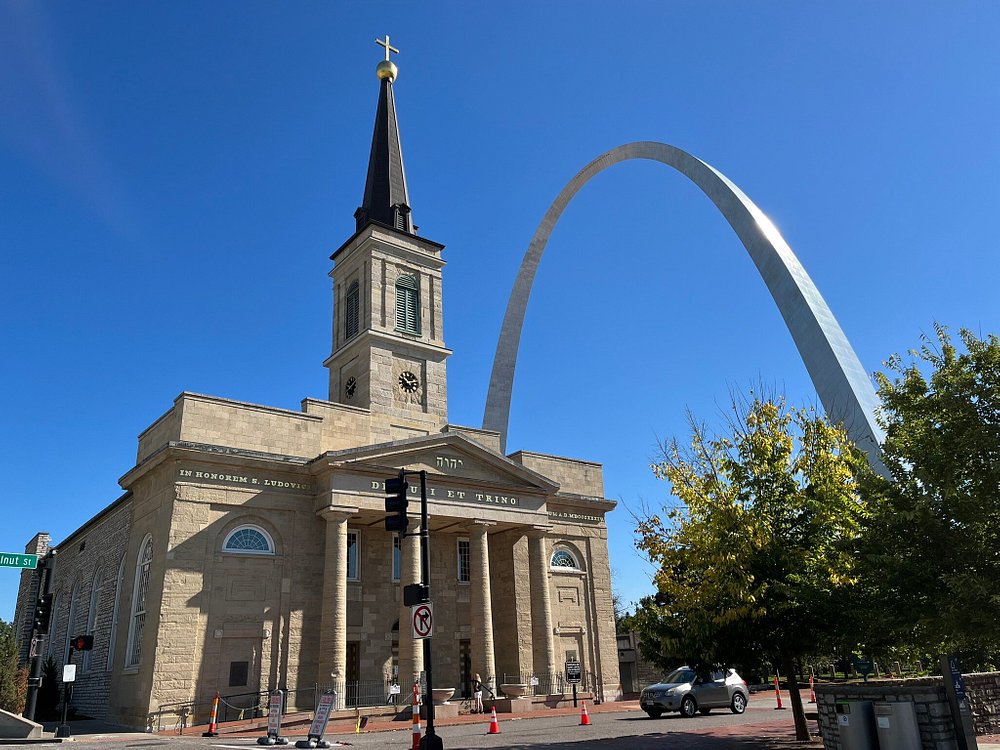Quick Bits:
Gateway Arch National Park, located in St. Louis, Missouri, is a symbol of westward expansion in the United States. Its iconic 630-foot stainless steel arch celebrates the pioneers who ventured west. This park seamlessly merges history, architecture, and nature. The Gateway Arch stands as a testament to ambition and innovation, offering visitors an unforgettable experience.
Key Highlights
- The Gateway Arch: The park’s centerpiece, the Arch, offers breathtaking views from its top.
-
Mississippi Riverfront: A scenic setting perfect for outdoor activities.
-
Museum Exhibits: Interactive displays tracing American expansion.
-
Old Courthouse: A historic site tied to the Dred Scott case.
-
Urban Oasis: Green spaces and trails for relaxation and exploration.
General Information
Gateway Arch National Park, once known as the Jefferson National Expansion Memorial, covers 91 acres in downtown St. Louis. It’s more than the towering Arch; it’s a blend of history and modernity. The park honors Thomas Jefferson and the explorers, settlers, and Native Americans pivotal in America’s development.
Entrance and Facilities
Visitors can access the park throughout the year. The entrance fee covers the Arch’s tram ride, museum access, and guided tours. Facilities include a visitor center, gift shop, and various dining options nearby.
Geography Information
Gateway Arch National Park sits on the western bank of the Mississippi River, offering stunning vistas. Its urban location makes it unique among national parks, balancing nature and city life. The park’s green spaces provide a peaceful retreat from St. Louis’ bustling streets.
Nearby Landmarks
-
Missouri Botanical Garden: A short drive away.
-
Busch Stadium: Home to the St. Louis Cardinals.
-
City Museum: A family-friendly attraction blending art and play.
Places to Visit
1. The Gateway Arch
The Arch dominates the skyline, symbolizing hope and exploration. Visitors can ascend to the top via tram for panoramic views. At its base lies the Gateway Arch Museum, filled with exhibits on the westward expansion.
2. Old Courthouse
The Old Courthouse is a site of historic significance. It hosted the Dred Scott case, a landmark in the struggle for freedom and equality. Visitors can explore restored courtrooms and engaging displays.
3. Mississippi Riverfront
The riverfront offers picturesque views and recreational activities. It’s an excellent spot for walking, jogging, or enjoying a riverboat cruise.
4. Museum at the Gateway Arch
This museum narrates America’s expansion westward. Interactive exhibits engage visitors of all ages, blending education with entertainment.
5. Kiener Plaza
A nearby plaza featuring fountains, sculptures, and seating areas. It’s a great place to relax or snap photos of the Arch.
Yearly Climate
The park experiences four distinct seasons, each offering unique charm.
-
Spring: Mild temperatures and blooming flowers make this a popular season. Daytime averages range from 50°F to 70°F.
-
Summer: Warm weather with highs around 85°F. The riverfront activities are in full swing.
-
Autumn: Crisp air and colorful foliage create a picturesque setting. Temperatures hover between 50°F and 75°F.
-
Winter: Cold but serene, with occasional snow. Temperatures range from 25°F to 45°F.
Best Time of Year to Visit
Fall and spring are ideal for visiting Gateway Arch National Park. These seasons offer comfortable weather, fewer crowds, and vibrant scenery. Summer is perfect for families and those interested in outdoor events, while winter provides a quieter, reflective experience.

In Summary…
Gateway Arch National Park is a harmonious blend of history, culture, and nature. From the stunning views atop the Arch to the rich stories at the Old Courthouse, it’s a destination that captures the essence of America’s past and present. Whether visiting for a day or a weekend, this park promises inspiration and discovery at every turn.










